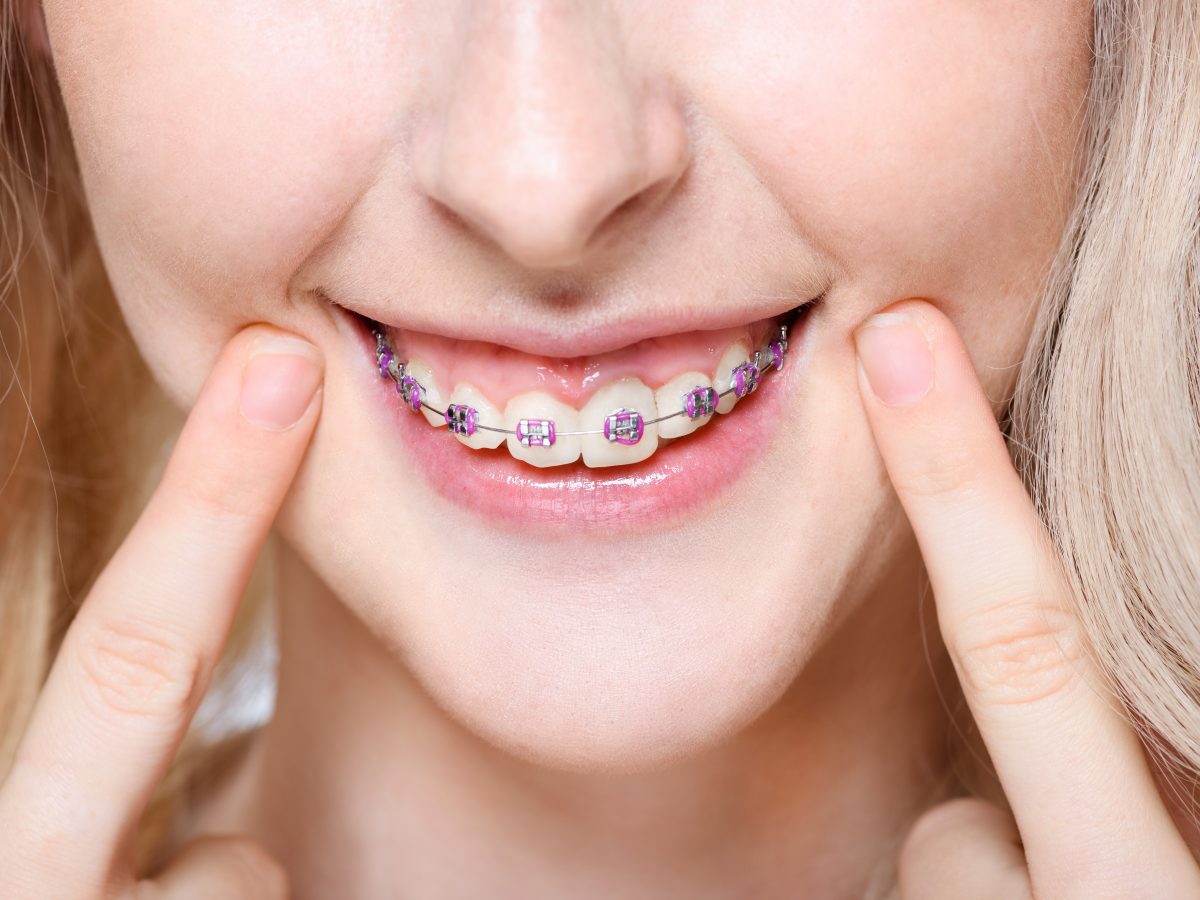Comprehensive Guide to Orthodontics Procedures for Fixing Dental Imbalances
In the realm of orthodontics, the journey to attaining a perfectly lined up smile entails a myriad of treatments tailored to remedy dental misalignments. From typical dental braces to unseen aligners and also surgical options, the area of orthodontics offers a variety of solutions to attend to varying degrees of oral abnormalities. Comprehending the complexities of each treatment, including their mechanisms, advantages, and possible drawbacks, is crucial in making educated decisions concerning one's orthodontic treatment. As we browse through the comprehensive guide to orthodontic procedures for fixing oral imbalances, the complex information of each technique will unfold, clarifying the path towards a unified and useful dental positioning.
Orthodontic Procedures Review

Along with clear aligners and typical braces, orthodontists may additionally recommend other treatments like headgear, palatal expanders, or retainers to deal with particular positioning concerns (orthodontics). These treatments are tailored per patient's unique requirements and may include a combination of treatments to attain the wanted results. Routine adjustments and surveillance are vital parts of orthodontic treatment to ensure progress is on track and to make any type of necessary modifications along the method. By undertaking orthodontic treatments, people can not just achieve a straighter smile yet likewise improve their general oral wellness and feature.
Conventional Dental Braces: How They Work
When considering orthodontic treatments for oral misalignments, traditional braces stand out as a tried and true method for remedying teeth positioning. Standard braces are composed of braces, cords, and bands that function together to apply continual pressure on the teeth, gradually relocating them into the wanted placement.
As stress is applied to the teeth through the braces, the bone bordering the teeth is improved to sustain the brand-new tooth placements. Individuals will require routine adjustments at the orthodontist's workplace to guarantee the dental braces proceed to apply the appropriate stress for reliable teeth activity.
Undetectable Aligners: Advantages And Disadvantages
Unnoticeable aligners use a practical and very discreet choice to standard braces for dealing with dental imbalances. These clear, personalized trays are basically invisible when worn, making them an attractive option for individuals seeking a much more visually pleasing orthodontic therapy. One of the main advantages of invisible aligners is their removability, enabling simpler upkeep of oral hygiene compared to conventional dental braces. Individuals can eliminate the aligners prior to consuming or cleaning their teeth, decreasing the risk of food find out here now obtaining stuck in the home appliance and streamlining the cleansing process.

Surgical Orthodontic Options
Surgical interventions in orthodontics existing viable alternatives for attending to complicated oral imbalances that may not be effectively solved via standard orthodontic treatments. While unseen aligners and standard braces can remedy many orthodontic issues, specific cases call for medical intervention to attain optimum outcomes. Surgical orthodontic alternatives are usually advised for severe malocclusions, significant jaw inconsistencies, and situations where the underlying bone structure requires adjustment to accomplish correct placement.
One common medical orthodontic treatment is orthognathic surgical procedure, which includes dental in rearranging the jaws to remedy practical issues such as trouble chewing or talking. This surgical procedure is frequently done in collaboration with an orthodontist who aids straighten the teeth prior to and after the procedure. Surgical orthodontics may likewise entail procedures to expose influenced teeth, get rid of excess periodontal cells, or improve the jawbone to develop an extra harmonious face profile.
Prior to considering surgical orthodontic alternatives, people go through a comprehensive evaluation to figure out the need and possible benefits of such interventions. orthodontist. While surgical procedure may seem overwhelming, it can significantly boost both the feature and aesthetics of the smile in cases where standard orthodontic therapies drop short
Retainers and Post-Treatment Care

Post-treatment care includes following the orthodontist's directions vigilantly. This may consist of proper oral health techniques, attending follow-up appointments, and putting on the retainers as recommended. Failure to adhere to post-treatment treatment guidelines can result in relapse, where the teeth slowly return towards their initial settings. Consistent retainer wear, great dental hygiene, and routine dental exams are crucial for keeping the outcomes accomplished through orthodontic surgery and guaranteeing the long-lasting stability of the remedied dental positioning.
Conclusion
To conclude, orthodontic treatments provide different choices for remedying dental imbalances. Standard braces make use of metal brackets and cords to shift teeth into proper placement. Invisible aligners supply a more very discreet option yet may not be ideal for all cases. Surgical orthodontic options are offered for extra serious imbalances. Retainers are typically used post-treatment to maintain the brand-new placement. Overall, orthodontic treatments can effectively boost dental health and aesthetic appearance.
As we browse with the detailed overview to orthodontic treatments for fixing oral imbalances, the elaborate information of each method will certainly unravel, dropping light on the path towards a unified and functional oral placement. - cumming orthodontics
One of the most typical orthodontic treatments is the use of braces, which are composed of steel braces and cables that apply gentle pressure to progressively move teeth right into the desired setting.When thinking about orthodontic treatments for dental imbalances, typical braces stand out as a time-tested approach for fixing teeth placing. Furthermore, undetectable aligners might not be suitable for complex orthodontic issues that need more considerable teeth movement, as they are commonly advised for mild to modest instances. Retainers are custom-made orthodontic tools developed to hold teeth in their dealt with settings after the completion of orthodontic treatment.